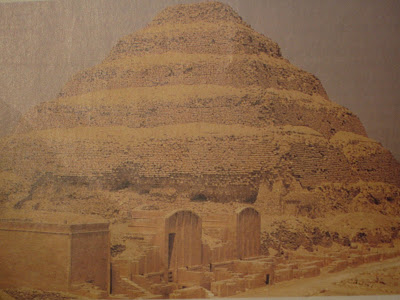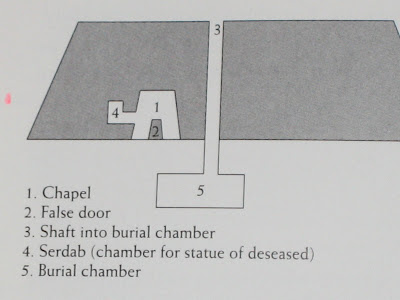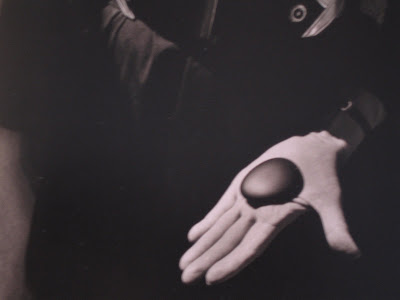 Hankerchief Point, 1896. Watercolor, 20 x 13 ". Museum of Fine Arts, Boston, MA.
Hankerchief Point, 1896. Watercolor, 20 x 13 ". Museum of Fine Arts, Boston, MA. Umbrellas in the Rain, Venice, 1899. Watercolor over graphite on paper, 13 x 20". Museum of Fine Arts, Boston, MA.
Umbrellas in the Rain, Venice, 1899. Watercolor over graphite on paper, 13 x 20". Museum of Fine Arts, Boston, MA. (1859-1924). Canadian-born American painter and printmaker. He was a member The Eight, but stood somewhat apart from the rest of the group. Boston was his home for most of his life and he spent much of his career travelling and painting abroad; it was only in 1914 that he moved to New York, the centre of The Eight's activities. The main thing he had in common with other members was a desire to revive American art from academic stagnation, and his work is remarkable for its brilliant decorative color. His paintings were often of people enjoying themselves in innocent pleasures. He was one of the first American artists to be influences by Post-Impressionism, notably in the way in which he emphasized flat pattern. In 1913 he showed 7 works in the Armory Show and at this time he stood out as one of the most stylistically advanced American artists. Most of his paintings were in watercolor, but in his later years he turned increasingly to oils. H also made about 200 monotypes an unusually large oeuvre for this medium. (Ian Chilvers)

























